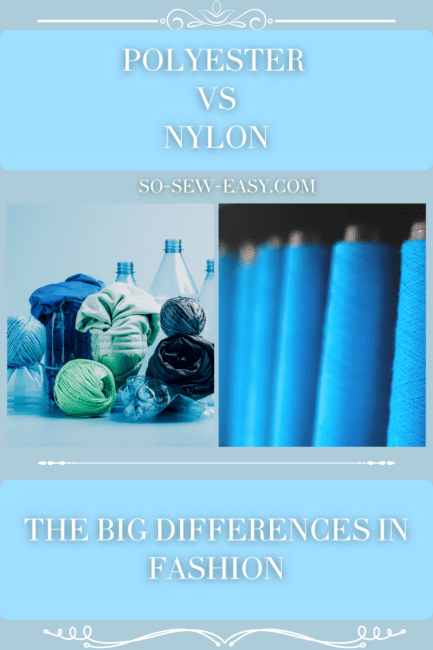
Fashion and textiles have gone hand-in-hand for centuries. The evolution of fashion trends has significantly depended on the innovation of textile technology. This article will focus on two synthetic fibers, polyester and nylon, which have been instrumental in shaping the modern fashion industry. We will delve into their history, highlight their critical differences, and analyze how they fare in the styling game. So, buckle up as we set out on a fascinating journey through the world of synthetic textiles!
Historical Threads: Polyester and Nylon
The Journey Of Polyester
Polyester first emerged on the textile stage in the mid-20th century. British chemists John Whinfield and James Dickson patented it in 1941 as a cost-effective alternative to natural fibers like cotton and wool. Polyester's resilience and durability, coupled with its ease of production, quickly catapulted it to the forefront of the textile industry.
In the 1970s, polyester became synonymous with disco culture and the ‘swinging seventies'—polyester shirts, pants, and dresses took the fashion world by storm. However, due to environmental concerns and the evolution of fashion trends, the popularity of polyester dipped in the late 20th century.
Origins Of Nylon
Nylon on the other hand, was developed in the United States by a team of chemists at the DuPont Company. Wallace H. Carothers, the head of the team, introduced nylon to the world in 1935, six years before polyester. Initially intended as a replacement for silk, nylon was used extensively during World War II for parachutes, ropes, and other military equipment.
Post-war, the surplus nylon production was utilized for women's stockings, earning them the colloquial name “nylons.” Over time, nylon found its way into various fashion elements, from swimwear to tracksuits, due to its strength and flexibility.
The Great Fabric Showdown: Polyester vs. Nylon
While both polyester and nylon revolutionized the fashion industry, they have distinct characteristics that make them suitable for different applications.
Durability and Strength
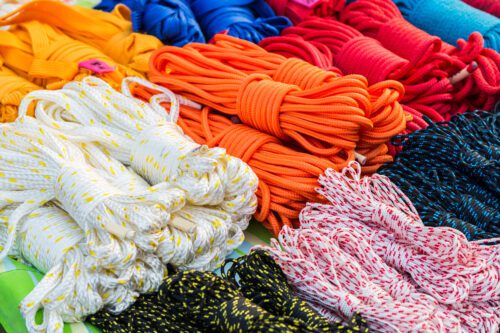

Both polyester and nylon are known for their durability. However, nylon is generally stronger than polyester. It boasts high tensile strength, making it ideal for products that require excellent resilience, like hosiery, lingerie, and high-performance athletic wear. Polyester, while not as strong as nylon, is highly resistant to environmental damage, such as UV radiation and mildew, making it suitable for outdoor and heavy-duty applications.
Moisture Management
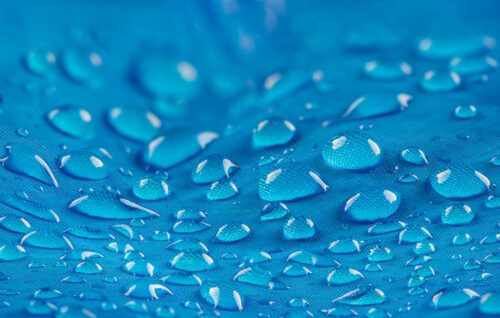

Polyester and nylon respond differently to moisture. Polyester is hydrophobic—it repels water, causing it to dry quickly. This makes it popular in workout clothes and outdoor gear. Nylon, however, is hydrophilic—it absorbs more water, thus taking longer to dry. However, this also allows it to wick moisture away from the skin, contributing to comfort in hot or sweaty conditions.
Comfort and Feel
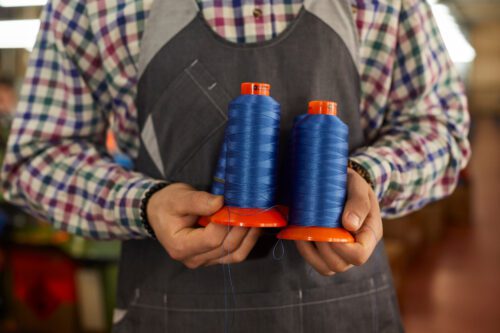

Nylon typically has a softer feel compared to polyester. Its ability to mimic silk's texture has made it a popular choice for lingerie and luxury sportswear. Polyester, although improving in texture through modern manufacturing methods, is typically stiffer and less comfortable against the skin.
Environmental Impact


Polyester, being derived from petroleum, has a high carbon footprint. It's also non-biodegradable and sheds microplastics when washed. Nylon, while also a synthetic fiber and non-biodegradable, uses less water and energy in production compared to polyester, reducing its overall environmental impact.
Polyester vs Nylon: Styling Differences
When it comes to styling, both polyester and nylon have found their unique spaces in the fashion industry.
Polyester has long been favored for its wrinkle-resistant properties, making it a staple in the manufacture of everyday clothes that require little to no ironing, such as shirts, blouses, and pants. Modern polyester can also mimic various textures, from faux silk to faux suede, providing designers with an array of styling possibilities.
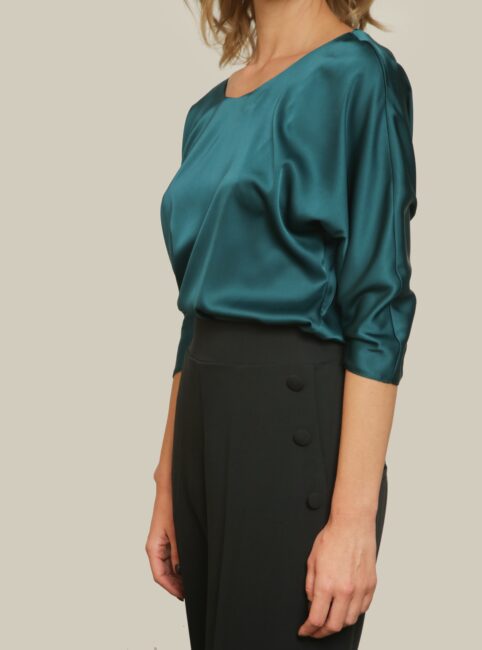

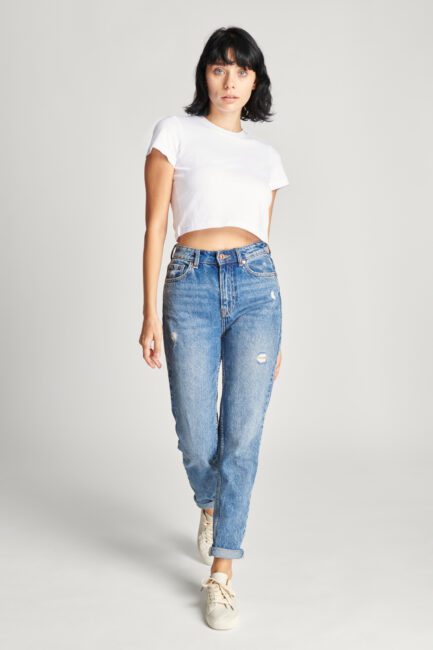





Nylon, with its superior strength and elasticity, is ideal for form-fitting clothes like yoga pants and swimwear. Its silk-like texture also lends a luxurious feel to items like blouses and dresses. Its dye-friendly nature allows vibrant color expression, which adds to its stylistic appeal.








Polyester Vs. Nylon And Beyond
In conclusion, both polyester and nylon have left indelible marks on the fashion industry. Each material has its strengths and weaknesses, and each finds its best use in specific types of clothing. As a fashion enthusiast or a professional, understanding these characteristics helps you make informed decisions, whether you're designing a new line, shopping for your next outfit, or simply updating your wardrobe.







